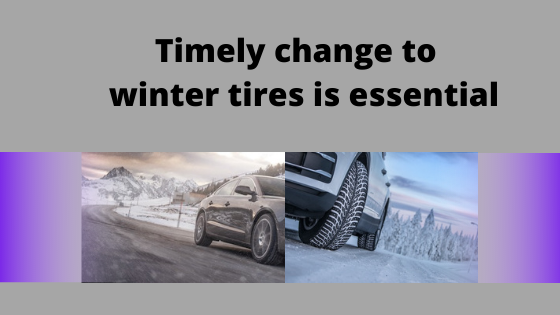Did you know that your choice of tires can help prevent hydroplaning? There have been many new innovations in tire manufacturing to try to produce tires that help protect you from the risk of hydroplaning. Both all-weather tires and all-season tires have tread patterns with grooves to help evacuate water to prevent hydroplaning, which happens when the water pressure in the front of the wheel pushes water under the tire, separating the tire from the road and thereby loosing traction.
A good example of an all-season tire incorporating many of these new innovations is the Nokian eNTYRE 2.0 all-season tires. They make use of innovations like polished lateral and inside grooves giving the ultimate protection against aqua planing. This is because the design of the new lateral grooves allows them to store more water from between the tire and the road and accelerates its flow from the main grooves.
Another example of a tire built to protect against hydroplaning is the Nokian WR G4 all-weather tires. They also have incorporated many new innovations to protect from hydroplaning. Innovations like the “Blade Grooves” that efficiently route rain, snow and slush away from the contact surface. It should be noted that hydroplaning can occur with both water (aquaplaning) as well as slush (slushplaning). In addition, the “Coanda technology” with its curved, ramp-like design of the tread blocks on the inner shoulder guides and accelerates the flow of water from the longitudinal grooves into the transverse grooves. These slushplaning prevention properties are retained even as the tires wear down.
Since aquaplaning or hydroplaning happens when a layer of water builds up between the wheels of the car and the road surface, leading to a loss of traction that prevents the car from responding to control inputs. To prevent hydroplaning, it is important to always have good quality tires with adequate tread that are properly inflated. Make sure to also rotate tires and replace if the tread is below 4 millimeters. It is also important to slow down when roads are wet, this is because the faster you drive the harder it is for the tires to disperse the water. Avoid puddles and standing water, turn off cruise control, drive in lower gears, avoid hard braking, don’t do sharp or quick turns. If after all precautions your car still ends up hydroplaning then you need to take your foot of the brake, steer in the same direction as you are heading and do not under any circumstances slam on the brakes.
Both all-season tires and all-weather tires have features to protect from hydroplaning and as long as the tires are in good shape with at least 4mm of tread and properly inflated then the risk of hydroplaning it greatly reduced. It is however important to stay prudent when driving in rain. Always slow down, avoid puddles, keep your eyes on the road, avoid drastic turns or hard braking and if possible, drive in a lower gear.
For more information regarding all-season tires, visit: nokiantires.com
